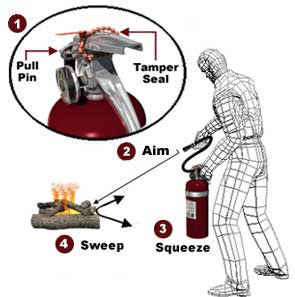Potential hazards during roadway construction and asphalt paving include:
- Getting struck by heavy equipment and vehicles.
- Radiant heat from hot mix asphalt.
- Strains and sprains.
STRUCK BY
Struck-by accidents account for 11% of construction fatalities.1 Vehicle and equipment traffic including dump trucks, paving equipment, rollers and other heavy equipment, creates a struck-by hazard for contractors working within the project.
The size and height of equipment create blind spots for the operator that can extend greater than 10 feet outside the perimeter of the vehicle or equipment.2
- Before an employee goes to a location in the hazard area that is out of view of the operator, the employee must ensure that the operator is aware of/informed they are going to that area.3
- Never walk in front, along the side or behind moving vehicles or equipment.
- Maintain a three-foot perimeter around all operating vehicles and equipment.
- No work activity should take place within the swing radius of excavation equipment.
HOT MIX ASPHALT TEMPERATURES
The temperature of regular hot mix asphalt will average between 275 – 300F. The radiant heat of the hot mix asphalt combined with excessive summer temperatures can increase the possibility of heat-related illness like heat exhaustion and heat stroke. Hydrate early, and hydrate often. For every pound of lost body weight, you should consume16 ounces of water or electrolyte beverage. Tell your supervisor or foreman immediately if you begin to feel dizzy, fatigued or nauseated; experience muscle cramps; or if you develop a headache.
STRAINS AND SPRAINS
Stepping on and off vehicles and equipment creates the possibility for an injury.
- Maintain three points of contact when getting on or off equipment.
- Be aware of the surface you are stepping on to.
Lifting materials and equipment
- Put yourself in a good position.
- Keep the object close to your waist (center of mass). The farther your shoulders are past your waist, the greater the chance of injury.
- Don’t act foolishly. Know your limits. Ask for help when you need it.
1. Bureau of Labor Statistics 2018
2. https://www.cdc.gov/niosh/topics/highwayworkzones/bad/imagelookup.html
3. 1926.1424(a)(3)(i)
Download a printable PDF and recording form here.
Members can download the audio version of this toolbox talk here.

